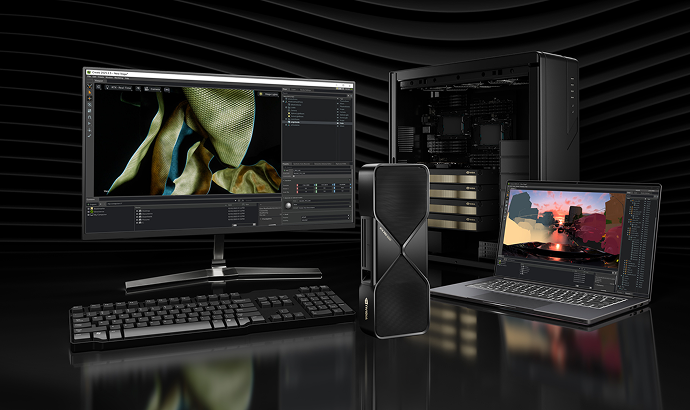

Writing About AI
Uvation
Reen Singh is an engineer and a technologist with a diverse background spanning software, hardware, aerospace, defense, and cybersecurity. As CTO at Uvation, he leverages his extensive experience to lead the company’s technological innovation and development.

The NVIDIA H100 Tensor Core GPU is a powerful piece of hardware built on the Hopper architecture, designed to be a foundational element in the current AI transformation. Its primary role is to enable and accelerate the open-source AI revolution, making cutting-edge AI advancements accessible and scalable for a wider range of developers, researchers, and organisations beyond just large corporations. It redefines what’s possible for open-source large language models (LLMs) by offering unprecedented performance, affordability, and accessibility.
The H100 drastically improves LLM performance through several key innovations. Central to this is its Transformer Engine, which, by pairing Hopper Tensor Cores with advanced software, can dynamically adjust between FP8 and FP16 precision. This capability provides up to a 30x performance increase for open-source LLM-based generative AI and language tasks, even for trillion-parameter models. This dramatically cuts training times from months to days and reduces the cost and complexity of scaling these models.
The H100 GPU incorporates several cutting-edge technologies:
The H100 democratises AI by significantly reducing the barriers to entry for cutting-edge LLM development. It makes training massive LLMs up to 30 times faster and can slash cloud costs by up to 90%. This allows researchers, startups, and non-profits, including grassroots developers working on local languages or medical diagnostics, to experiment, develop, and iterate on AI models freely without prohibitive expenses that previously limited such advancements to larger entities.
The H100 significantly boosts collaboration and efficiency through its Multi-Instance GPU (MIG) technology. This feature allows the GPU to be partitioned into up to seven independent units, enabling multiple experiments, fine-tuning, dataset testing, or inference optimisations to run in parallel. This means data scientists, developers, and researchers can work concurrently on a single project without competing for resources, thereby speeding up the pace of innovation and eliminating waiting times.
The H100 is the first GPU to integrate confidential computing directly into its architecture. This feature secures sensitive training data and user interactions in real-time, even during the training process, without compromising performance. It ensures that data remains protected, making it suitable for handling sensitive information like healthcare records, financial data, or proprietary research, and assisting with compliance with rigorous privacy standards such as HIPAA and GDPR.
Investing in the H100 offers several long-term benefits for open-source AI ecosystems:
The H100 is designed to handle “massive” data through its impressive 3TB/s memory bandwidth. This allows it to process trillion-token multilingual datasets with ease. This unparalleled scalability opens up AI potential for over 500 global languages, including those with limited digital footprints, rare dialects, or endangered languages. This empowers open-source projects to tackle large-scale challenges that were previously only feasible for major tech companies, enabling them to create educational tools and preserve languages at an enterprise scale.
We are writing frequenly. Don’t miss that.
